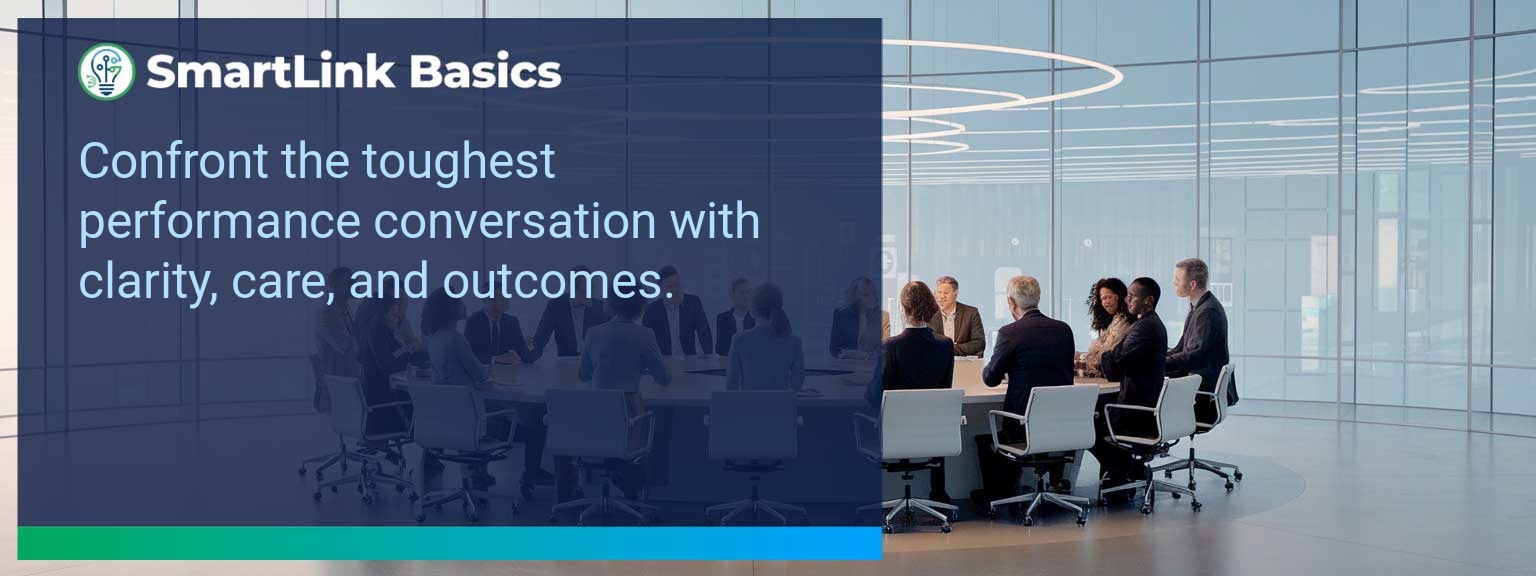Industry data shows that organizations adopting AI-driven automation achieve cost reductions of up to 30% while accelerating sales cycles by 20% or more (McKinsey, 2024). For sales leaders, AI automated workflows now define competitive advantage, enabling teams to reallocate time from repetitive tasks to high-value engagements. At SmartLink Basics, we help decision-makers implement these systems strategically, ensuring they integrate with existing revenue operations. In this article, you’ll see how AI automated workflows power business outcomes, the common obstacles that slow adoption, and practical steps to optimize processes. You’ll walk away with proven examples, a 90-day action blueprint, and measurable KPIs to track results.
- Automate repetitive administrative and CRM updates with AI.
- Integrate machine learning to personalize outreach at scale.
- Streamline approvals, quotes, and contract workflows for speed.
- Use predictive analytics to prioritize sales opportunities.
- Track adoption and performance with targeted metrics.
AI Automated Workflows: What Changed and Why It Matters
AI adoption has shifted from experimental to operational, making automated workflows a standard in high-performing sales organizations. The real advantage lies in combining workflow automation with artificial intelligence workflows to optimize every step of the revenue process. Sales leaders now use AI to synchronize touchpoints, reduce manual inputs, and ensure faster execution. For example, a B2B SaaS leader introduced automated lead enrichment and routing, cutting qualification time by 60%. Actionable insight: Audit processes for time-intensive handoffs and apply AI where repeatability is high.Redesign the Revenue Operating System With AI Automated Workflows
ICP, Segmentation, and Targeting AI-enabled segmentation uses historical wins, firmographic, and behavioral data to dynamically update ICP profiles. This ensures targeting precision without quarterly re-work. Pipeline Architecture Automated workflows push opportunities through the right stages based on engagement signals. AI flags at-risk deals for intervention. Plays and Messaging Integrated automation tools deliver personalized sequences based on buyer activity, increasing relevance at every touchpoint. Operating Cadence AI schedules follow-ups, forecast calls, and account reviews based on actual pipeline movement rather than static calendars. Actionable insight: Implement automation that adapts in real-time to both internal and buyer-driven events.Common Obstacles To Achieving Seamless Automation
The most frequent challenges are fragmented systems, inconsistent data quality, and cultural resistance. Without a unified data layer, automation amplifies errors rather than solving them. Coca-Cola Europacific Partners reported needing a full data governance upgrade before AI could improve sales workflows. Leaders must first assess infrastructure readiness and train teams to trust AI-influenced recommendations. Actionable insight: Before deployment, establish clean data practices and a single source of truth.Implementing AI To Optimize Workflows
Effective deployment of AI process optimization starts with mapping current-state processes, identifying friction points, and matching them with automation tools. For example, automating proposal generation based on CRM opportunity data can reduce turnaround from three days to one hour. Solutions combining business process automation platforms with machine learning integration enable continuous performance improvement. Actionable insight: Pilot in one high-impact stage, measure, and then expand.Tangible Benefits From Automated Processes
The benefits extend beyond time savings — sales leaders gain a scalable system. Tangible outcomes include faster quote-to-close, higher lead conversion, and better forecast accuracy. A manufacturing firm implemented AI-assisted order processing and cut errors by 40%, improving on-time delivery rates. Actionable insight: Track both speed and accuracy to measure workflow automation effectiveness.Metrics That Matter
| Category | Metric | Definition | Target |
|---|---|---|---|
| Leading | Workflow Completion Rate | % of automated sequences executed without manual intervention | 95%+ |
| Leading | AI Suggestion Adoption Rate | % of AI-generated action recommendations executed by reps | 80%+ |
| Lagging | Cycle Time Reduction | Decrease in time from lead entry to closed-won | 20%+ |
| Lagging | Revenue Per Rep | Average sales revenue generated per sales rep per quarter | +15% YoY |
| Quality | Automation Error Rate | % of workflows that trigger incorrect outcomes | <1% |
| Quality | Customer Satisfaction Post-Automation | Average CSAT score after automation implementation | ≥ 4.5/5 |
Innovations And Next Steps For AI Automation
Emerging capabilities like AI-generated playbooks, intent-driven dynamic routing, and integrated AR for virtual product demos are shaping the next wave of sales automation. Companies integrating these tools early will outpace competitors in speed and personalization. Actionable insight: Stay ahead by testing emerging automation features quarterly and aligning them with evolving buyer expectations.Get the 90-day plan, coaching rubric, and dashboard template to operationalize AI in your enablement program.
Turning AI Automation Into a Revenue Multiplier
AI automated workflows are now a strategic lever for predictable, scalable growth. This guide outlined current applications, adoption challenges, a 90-day execution plan, and measurable success criteria. To make automation pay off, sales leaders should integrate tools into one cohesive operating system and review results monthly for continuous improvement. Access more AI-driven sales enablement resources from SmartLink Basics to design a high-performance automation strategy. Accurate sales forecasting has shifted from being a back-office task to a boardroom priority. According to research from Gartner, organizations that modernize forecasting processes with analytics see up to a 15% increase in revenue predictability. At SmartLink Basics, we help sales leaders implement Data-Driven Sales Forecasting methods that move beyond spreadsheets and gut instincts—delivering actionable insights that directly inform strategy. This approach matters now because sales cycles are increasingly complex, and leaders cannot afford to operate with unreliable projections. In this article, you will learn how to integrate advanced sales forecasting methods, leverage best-in-class sales analytics tools, and use predictive revenue forecasting to improve accuracy, efficiency, and growth potential.- Integrate analytics-driven forecasting models into your sales operating system.
- Use CRM analytics to capture, structure, and interpret pipeline data effectively.
- Eliminate biased, manual predictions by applying AI and statistical models.
- Align revenue projections to business growth strategies and demand planning.
- Continuously monitor and refine forecasting based on sales performance metrics.
What Changed and Why It Matters Now for Data-Driven Sales Forecasting
Forecast accuracy suffers when leaders rely solely on historical averages without factoring in shifting market conditions, buying behaviors, or pipeline composition. Data-Driven Sales Forecasting incorporates real-time variables, demand signals, and predictive models—making it possible to react before revenue risk materializes. With the rise of AI-assisted analytics, sales leadership now has access to tools that synthesize trends, customer segmentation insights, and conversion probabilities into clear, actionable forecasts. Companies applying these methods gain predictive visibility into quarterly results and can reallocate resources proactively. For example, a SaaS provider using predictive revenue forecasting models identified a region at risk of underperformance 45 days earlier than in previous cycles, allowing for targeted sales plays that closed a critical gap.Redesigning the Revenue Operating System with Data-Driven Sales Forecasting
To fully integrate forecasting into revenue operations, sales leaders must address its alignment across customer targeting, pipeline management, execution plays, and operating cadence. ICP, Segmentation, and Targeting Integrating forecasting at the segmentation stage ensures coverage models are based on high-probability segments. CRM analytics can reveal which sub-segments consistently exceed target deal size, enabling precision resourcing. Pipeline Architecture Forecast quality improves when pipeline stages are objectively defined, with entry/exit criteria tied to buyer verification events. This avoids inflating probabilities with low-quality deals. Plays and Messaging Data-driven insights inform revenue plays by identifying the most effective messaging for each stage. Predictive analytics can reveal when deals stall due to mismatched value propositions. Operating Cadence Regular forecasting reviews integrated into sales meetings ensure early identification of pipeline gaps and allow mid-cycle strategy resets to protect targets.Common Pitfalls In Traditional Forecasting
Traditional methods often rely on subjective sales rep estimates without validating against buyer engagement signals. This introduces bias, creates inflated revenue projections, and ignores market volatility. Delayed reporting cycles also mean problems surface too late for intervention. For example, a manufacturing firm relying on quarterly spreadsheet forecasts missed early warning signs of a major distributor slowing purchases. Without real-time CRM analytics, leadership was blindsided, resulting in a missed quarterly goal by 18%—a scenario preventable with automated sales analytics tools.Leveraging Technology For Smarter Predictions
Modern forecasting platforms consolidate historical sales data, market indicators, and buyer intent into machine learning models. This boosts accuracy by continuously learning from closed-won and closed-lost data, adjusting predictions accordingly. Sales analytics tools such as revenue intelligence platforms also connect forecasting models to live pipeline health metrics. Leaders can drill down on individual deal risks, identify stalled deals, and dynamically adjust coaching efforts.Improved Accuracy And Revenue Growth
Organizations that evolve from manual guesswork to structured, analytics-based forecasting consistently outperform peers in sales performance metrics. Predictive models spot risks earlier, enabling reallocation of sales efforts and marketing spend to high-yield opportunities. A real-world example: A B2B telecom provider applied AI-based forecasting, improving accuracy from 68% to 89% in two quarters. This precision allowed a 12% increase in on-target earnings due to more efficient quota attainment and resource deployment.Advancing Forecasting With AI And Machine Learning
The next stage of forecasting evolution lies in blending structured CRM data with unstructured buying signals—such as email sentiment analysis and web visit patterns. AI models then generate adaptive forecasts that respond instantly to demand shifts. Over time, this technology enables fully autonomous demand planning, where revenue operations systems predict, alert, and prescribe corrective actions before risks manifest.| Category | Metric | Definition | Target |
|---|---|---|---|
| Leading | Forecast Update Frequency | Number of in-cycle forecast reviews per week | 2+ |
| Leading | Pipeline Stage Accuracy | % of deals in correct stage based on objective criteria | 95%+ |
| Lagging | Revenue Forecast Accuracy | Difference between forecasted and actual revenue | ≤5% variance |
| Lagging | Quarterly Target Attainment | % of teams achieving or exceeding quota targets | 90%+ |
| Quality | Forecast Confidence Score | Leader-assessed confidence in forecast accuracy | 8/10+ |
| Quality | CRM Data Completeness | % of deals with all required data fields populated | 98%+ |
Get the 90-day plan, coaching rubric, and dashboard template to operationalize AI in your enablement program.









